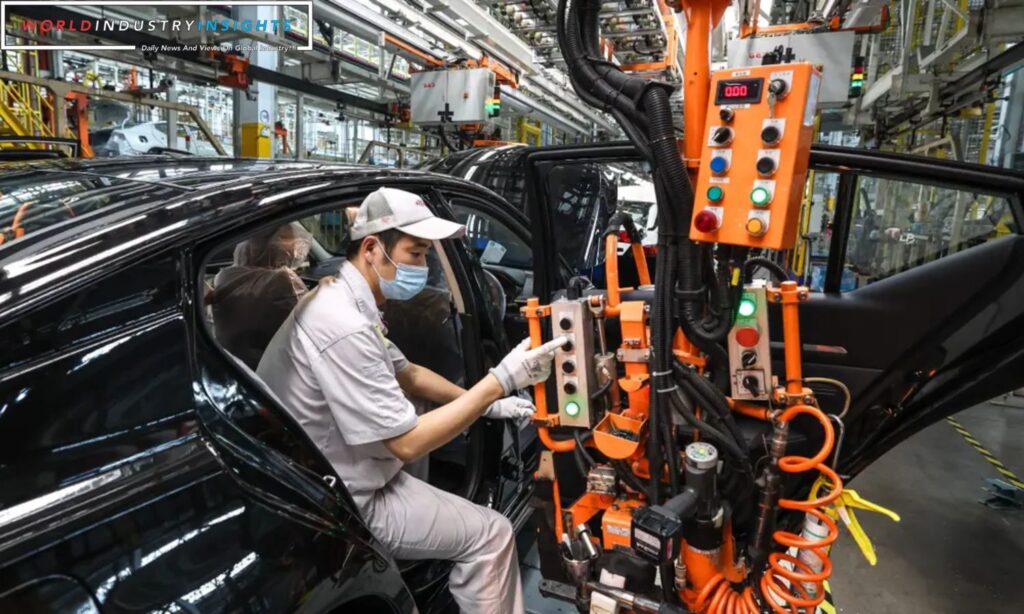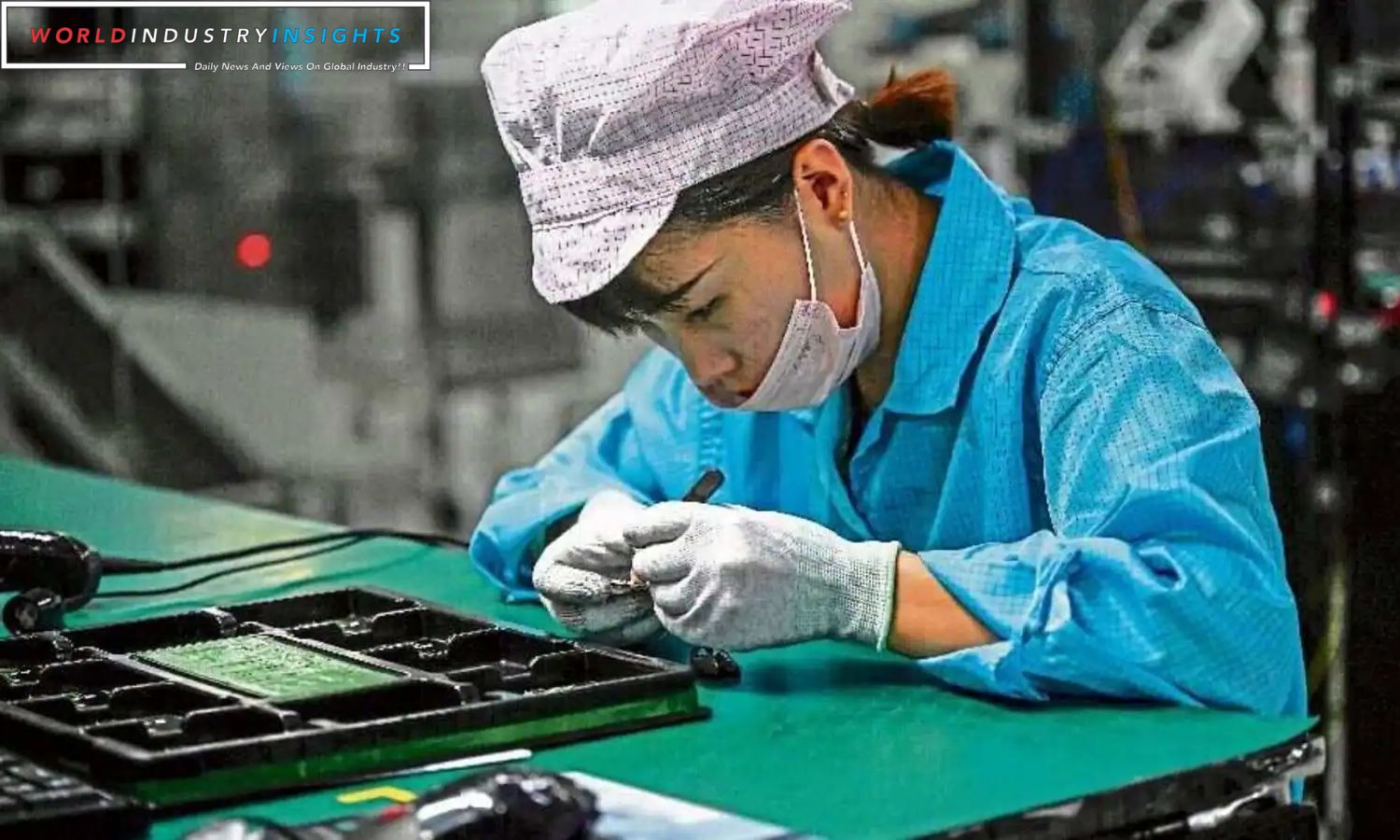China Surprising Manufacturing Contraction: Surprising economic headwinds hit China in October as official data revealed an unexpected contraction in manufacturing activity. The official Purchasing Managers’ Index (PMI) declined from 50.2 to 49.5, slipping below the crucial 50-point threshold that distinguishes economic contraction from expansion. The non-manufacturing PMI also saw a drop, falling to 50.6 from 51.7 in September, indicating a slowdown in the expansive service sector and construction.
While recent indicators had suggested a more optimistic outlook for the world’s second-largest economy, driven by a series of policy measures, persistent challenges in the property sector and sluggish global demand continue to impede China’s path to recovery.
Economists point to several factors contributing to this unexpected dip. The housing crisis and a deceleration in infrastructure investments have weakened demand. Despite signs of stabilization in exports, a full-fledged revival in external demand remains uncertain.
Both new export and imports orders have shrunk for eight consecutive months, indicating the struggle manufacturers face in finding foreign buyers and in procuring components used in finished goods for re-export.
However, the October drop in PMI may not necessarily reflect a significant change in demand but rather an adjustment in supply, according to Dan Wang, chief economist at Hang Seng Bank China. He noted that September had seen a noticeable improvement in production due to increased domestic demand, leading to downward pressure on industrial prices. In October, the industrial sector has worked to curb supply to address profitability concerns.

Also Read: China Tech Independence Drive Amid Tighter U.S. Restrictions
China’s policymakers have introduced various measures since June to support economic growth, including modest interest rate cuts, increased monetary injections, and more robust fiscal stimulus. Despite the rosier-than-expected data for the third quarter, analysts suggest additional policy support may be necessary to ensure China meets its annual growth target of approximately 5%.
Several financial institutions, including Nomura, JPMorgan, and Moody’s Analytics, have upgraded their growth forecasts for 2023 in response to the positive third-quarter data.
To bolster economic growth, China’s top parliamentary body recently approved a 1 trillion yuan ($137 billion) sovereign bond issue in the fourth quarter and enacted legislation allowing local governments to front-load a portion of their 2024 bond quotas to support investment and economic growth.
Furthermore, the central bank injected the most substantial cash support since late 2020 by providing short-term policy loans to enable banks to extend credit and maintain low interest rates.
Economists anticipate that the additional 1 trillion yuan support will offer relief in November and December, potentially setting the stage for a more promising economic landscape in the months to come. China’s economic journey continues to present challenges and opportunities as it navigates both internal and external factors.

